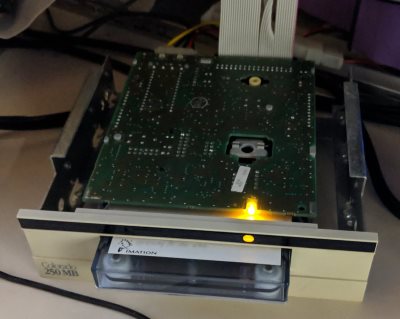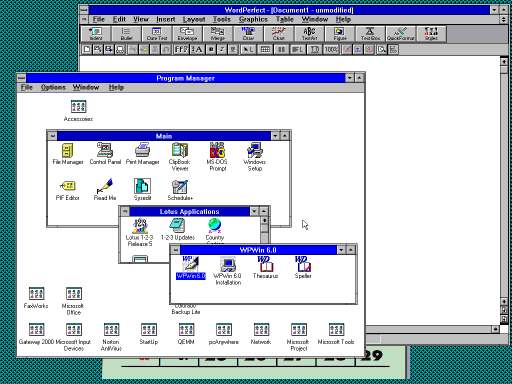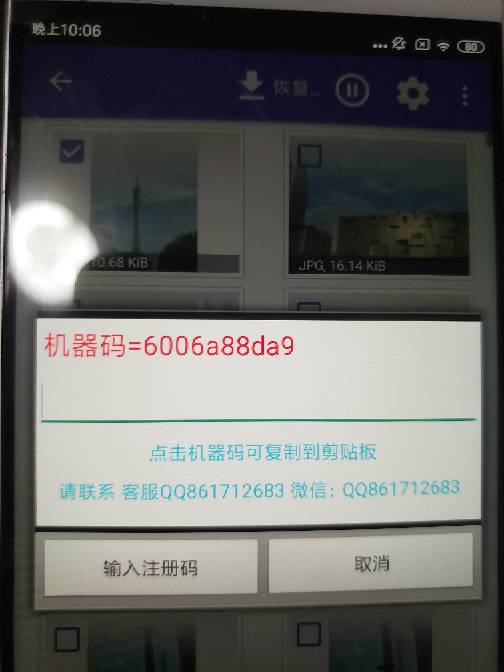TLDR: I developed an open-source tool to read tape backup images that were made using the QICStream tool, and extract the original files from them.
During a recent data recovery contract, I needed to recover files from some old QIC tapes. However, after reading the raw data from the tapes, I couldn’t recognize the format in which the backup was encoded, and none of the usual software I use to read the backups seemed to be compatible with it.
After briefly examining the backup in a hex editor, it was evident that the backup was fortunately not compressed or encrypted, and there were signs that the backup was made using a tool called QICStream. There doesn’t seem to be any documentation regarding this utility (or the format of the backup it saves) on the web. It’s easy enough to find the tool itself on ancient DOS download sites, and it may have been an interesting project to create an emulated DOS environment where the QICStream tool reads the backup from an emulated tape media, but it turned out to be much easier to reverse-engineer the backup structure and decode the files from the actual raw data.
The binary format of the backup is very simple, once you realize one important thing: every block of 0x8000 bytes ends with 0x402 bytes of extra data (that’s right, 0x402 bytes, not 0x400). In other words, for every successive block of 0x8000 bytes, only the first 0x7BFE bytes are useful data, and the last 0x402 bytes are some kind of additional data, possibly for parity checking or some other form of error-correcting logic. (I did not reverse-engineer the true purpose of these bytes; they did not turn out to be important in the end.)
Other than that, the format is very straightforward, and basically consists of a sequence of files and directories arranged one after the other, with a short header in front of each file, and “control codes” that determine whether to descend into a subdirectory or to navigate back out of it.
Anyway, I put all of these findings into a small open-source utility that we can now use to extract the original files from QICStream backups. Feel free to look through my code for additional details of the structure of the file headers, and how the large-scale structure of the backup is handled.





